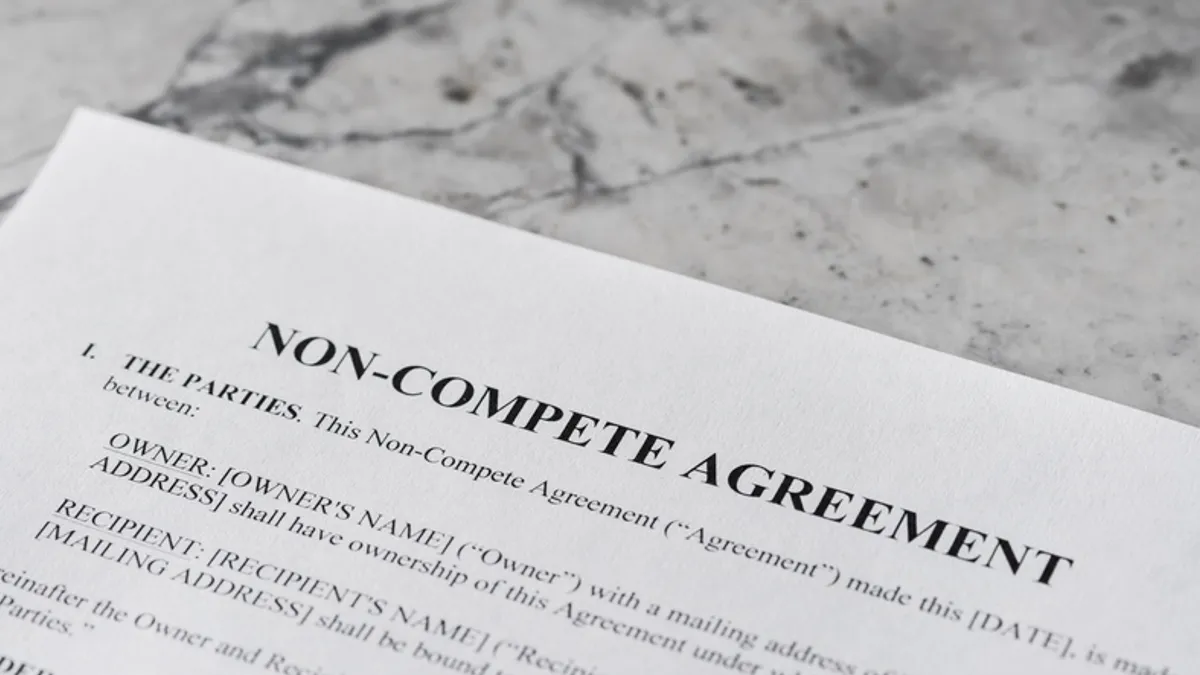Section 7 of the National Labor Relations Act protects employees’ right to organize. That’s enough for the National Labor Relations Board (NLRB) to go after employers whose use of surveillance technology, even if it appears to be for productivity purposes, could hinder their employees’ organization efforts, NLRB General Counsel Jennifer Abruzzo says in a memo.
“I am mindful that some employers may have legitimate business reasons for using some forms of electronic monitoring and automated management,” Abruzzo says in the memo, released Monday. “But to the extent that employers have a legitimate need to electronically monitor and direct employees in ways that could inhibit Section 7 activity, the employer’s interests must be balanced against employees’ rights under the Act.”
Intrusive tracking
Abruzzo has in mind productivity-related surveillance technology that employers are using like wearable devices that monitor warehouse workers’ movements or keyloggers that track computer use, including by remote workers.
“It is the Board’s responsibility ‘to adapt the Act to changing patterns of industrial life,’” she says, referencing language in a decades-old court decision.

Surveillance can even come under Section 7 protections if it appears production goals are being used to keep employees too busy to organize.
“Employers also [could be in violation] by discriminatorily applying production quotas or efficiency standards to rid themselves of union supporters,” she says.
AI-enabled technology used in making hiring decisions can also fall under protections if it appears to be used to screen out pro-union candidates.
“Even before the employment relationship begins, some employers pry into job applicants’ private lives by conducting personality tests and scrutinizing applicants’ social media accounts,” she says.
That could put employers in violation if they use those personality tests “to evaluate their propensity to seek union representation,” she says.
Extant law
There’s a considerable amount of case law preventing employers from using technology to curb organization efforts directly, like cameras that watch employees picketing or handbilling in support of unionization.
“The Board has recognized that ‘pictorial recordkeeping tends to create fear among employees of future reprisals,’” she says, referring to previous board statements.
Even surveillance in general, if it creates conditions in which employees don’t feel free to express their views about unionization, could be grounds for an enforcement action.
“Employees should be free to participate in union organizing campaigns [or other protected concerted activity] without the fear that members of management are peering over their shoulders, taking note of who is involved in [Section 7] activities, and in what particular ways,” she says, referencing language in a 1993 court decision.
The goal of the memo is to persuade NLRB board members to apply settled labor-law principles in a framework that captures the new, and growing, use of surveillance technology.
“I plan to urge the Board, to the greatest extent possible, to apply the Act to protect employees from intrusive or abusive electronic monitoring and automated management practices that would have a tendency to interfere with Section 7 rights,” she says.











